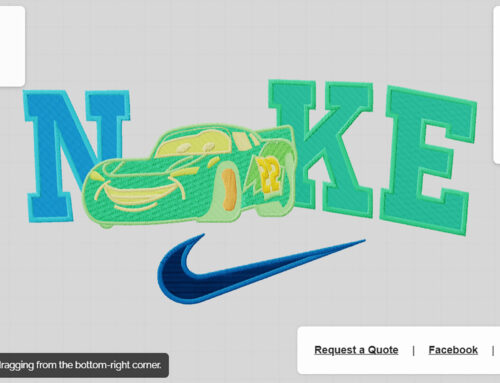What Is Screen Printing?
Screen printing is a versatile printing method where ink is pressed through a mesh stencil onto a surface, often fabric or paper. Whether you realize it or not, many t-shirts, posters, and branded products you see every day are the result of this tried-and-true process.
While sometimes called silk screen printing or serigraphy, the principle remains the same: a stencil blocks certain parts of the screen, and ink is pushed through the open areas to recreate your design.
Why Screen Printing Is Still Popular
Screen printing stands out because of:
Bold, vibrant colours that stay rich, even on dark materials.
Durability — professionally screen-printed items hold up wash after wash.
Efficiency — the same stencil can produce dozens, even hundreds, of identical items.
Versatility — suitable for clothing, posters, artwork, and more.
It’s especially popular among small businesses, sports teams, and custom merch creators who want long-lasting, professional-looking prints.
Screen Printing Process: Step-by-Step Poster Guide
If you’re looking for a clear overview of how screen printing works, here are the core screen printers steps outlined in a poster-friendly format:
Step 1: Designing Your Artwork
Create your design using graphic software, then print it onto a transparent film. This film acts as the template for your stencil.
Step 2: Preparing the Screen
Choose a mesh screen that suits your fabric’s texture and your design’s detail level. Coat the mesh with a light-sensitive emulsion.
Step 3: Exposing the Stencil
Lay your design film on the emulsion-covered screen. Expose it to bright UV light. The areas covered by the design remain soft, while the rest hardens.
Step 4: Washing the Screen
Rinse away the unhardened emulsion, revealing the open mesh where ink will pass through. This is now your custom stencil.
Step 5: Setting Up the Press
Place your screen onto a printing press. Lay your garment or item flat beneath the screen.
Step 6: Printing
Spread ink across the screen. Use a squeegee to press the ink through the open stencil areas onto your item. Repeat for each colour layer if needed.
Step 7: Drying and Curing
Once printed, the items are heat-dried to cure the ink, ensuring a long-lasting, wash-resistant finish.
Essential Screen Printing Equipment
For professional results, screen printers rely on a few key tools:
Printing Press: Manual, semi-automatic, or automatic.
Silk Screens: Now often made with polyester mesh rather than actual silk.
Inks: Available in regular, glitter, puff, or textured styles.
Squeegee: Pushes ink through the stencil.
Washing Station: For cleaning and reusing screens.
Does Screen Printing Wash Out?
Not if it’s done properly. Professional printers cure the ink using high temperatures, creating a colourfast bond. Machine washing won’t fade a properly screen-printed item.
Screen Printing vs. Digital Printing
| Feature | Screen Printing | Digital Printing (DTG) |
|---|---|---|
| Setup Time | Longer setup | Quick setup |
| Colour Intensity | Vivid, bold colours | Softer, photo-like colours |
| Cost Efficiency | Best for large batches | Ideal for small runs or samples |
| Texture Effects | Possible (e.g., puff inks) | Not possible |
Digital printing is great for small, detailed, or photo-realistic runs. Screen printing wins for vibrant colours and durability, especially for larger orders.
Screen Printing vs. Heat Transfer
Heat transfer printing uses adhesive-backed transfer paper, activated by heat, to bond designs to fabric. It’s quicker for small batches but may lack the professional finish and longevity of screen printing.
Best for small, detailed or custom one-offs: Heat transfer
Best for durability and vibrant colours: Screen printing
The History of Screen Printing
Screen printing isn’t new. Its origins trace back to 10th-century China and later Japan. European adoption came in the 18th century, although it only became widely popular once silk mesh became affordable.
Today, screen printing remains essential in fashion, merchandising, and artwork production.
Conclusion
Whether you’re an embroidery business, a clothing brand, or a hobby crafter, understanding the screen printers steps poster process helps you choose the right method for your needs.
For top-quality embroidery digitizing and vectorizing services that pair perfectly with screen-printed products, reach out to us today!
👉 Contact us at info@ezstitchdigitizing.com
👉 Visit our Facebook page: EZ Stitch Digitizing



